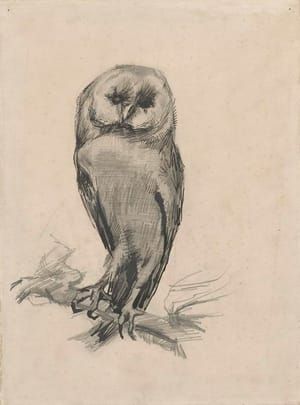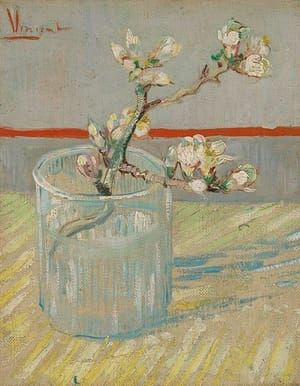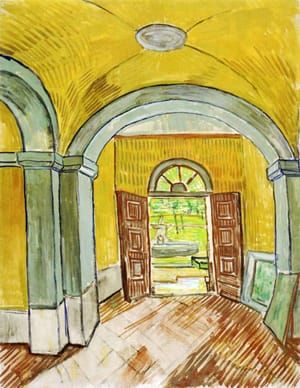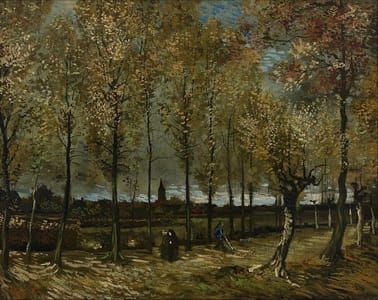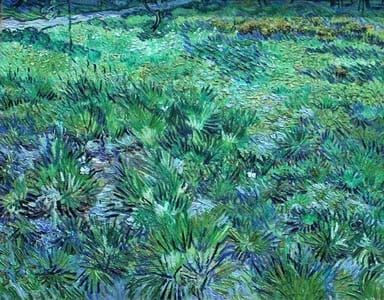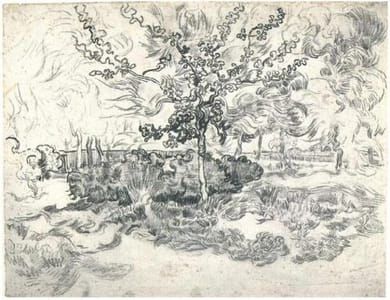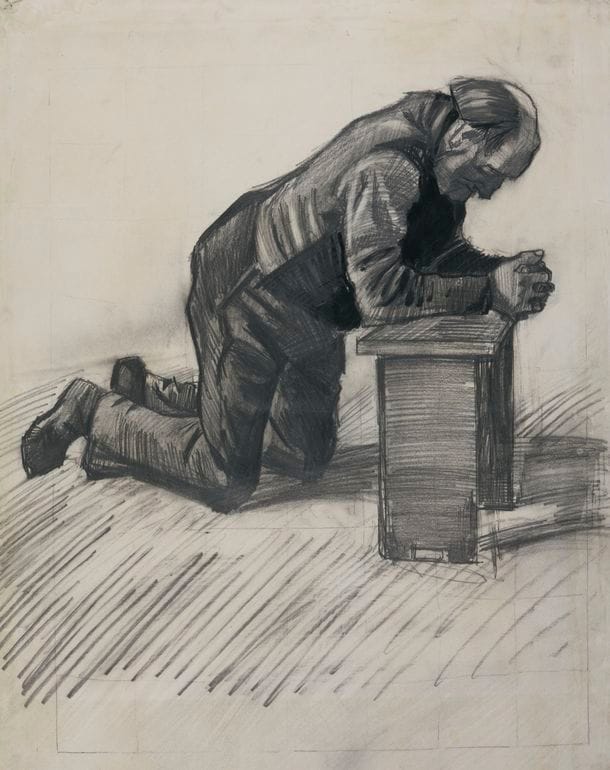

Old Man Praying, 1883
Vincent van Gogh
Strikingly executed in a monochrome palette Old Man Praying is Van Gogh at his most psychologically poignant and authentic, and his expressive working is evident, even at this early point in his career, of the artist’s daring manipulation and mastery of his medium. Depicted insistently close to the picture plane, the sitter is portrayed with dramatically lit face and hands, Van Gogh’s subject kneels to pray at the most humble of altars. The result is an unflinchingly intimate and expressive portrait of an ordinary man in a moment of quiet solitude with faith.
Executed in late April 1883, when the artist was living in The Hague, Old Man Praying is a powerful example of Van Gogh’s early portraiture, undoubtedly among the most celebrated aspects of his œuvre. Having had difficulty finding models in his early career, Van Gogh found locals willing to pose for him regularly in The Hague and their everyday work and domestic activities became an important source of inspiration for the artist. Van Gogh sought to depict peasants as if he were an insider. Writing to his brother Theo, the famed Paris-based art dealer, Van Gogh remarked that 'peasants painted by city dwellers inevitably reminded one of the Paris suburbs,' and said that he preferred to live among peasants and share their sober lives (letter 400). On 30th April 1883, Vincent wrote to report that he had been ‘working on a figure of a woman gathering peat on the heath and a kneeling figure of a man’—almost certainly referring to the present work (letter 338).
These expressive portraits of local people, often imbued with an exaggerated sense of isolation, reflect Van Gogh’s own personal sense of solitude during this time. His letters reveal his anguished mental state and he wrote often to implore his brother to visit. Old Man Praying reflects this loneliness: the heavy, stoical posture of this subject—which is undoubtedly one of the most psychologically affecting of this series—reflects the melancholy of individual human struggle. The thick application of ink and charcoal in broad, deliberate strokes perfectly expresses the hardship of this man’s daily life. These works were a projection of the artist's own internal struggles, a way for him to express his nervous introversion and solitude. According to Jan Hulsker, Van Gogh's intense focus on the studies of these subjects' heads and hands furthermore marks a key transition for the artist. He writes: 'In most of the portraits mentioned here the characterization of the heads is very well done, but what is most noteworthy is that he did things entirely his own way. He was not trying to achieve a romantic idealization of the subjects, but to render them forcefully and realistically, a striving that in a few months would culminate in his famous painting of the Potato Eaters' (J. Hulsker, op. cit., pp. 142 & 144).
(http://www.sothebys.com/de/auctions/ecatalogue/2016/impressionist-modern-art-day-sale-l16004/lot.343.html)
Uploaded on Aug 4, 2017 by Suzan Hamer
Vincent van Gogh
artistArthur
coming soon
